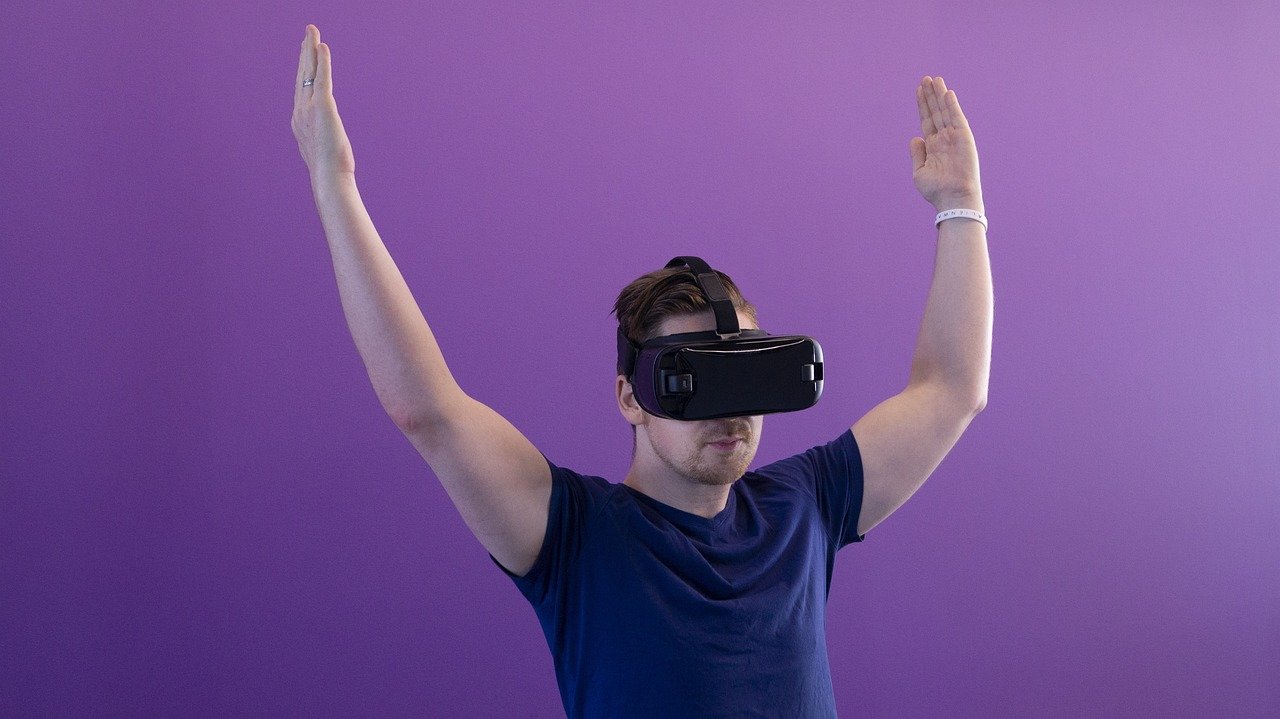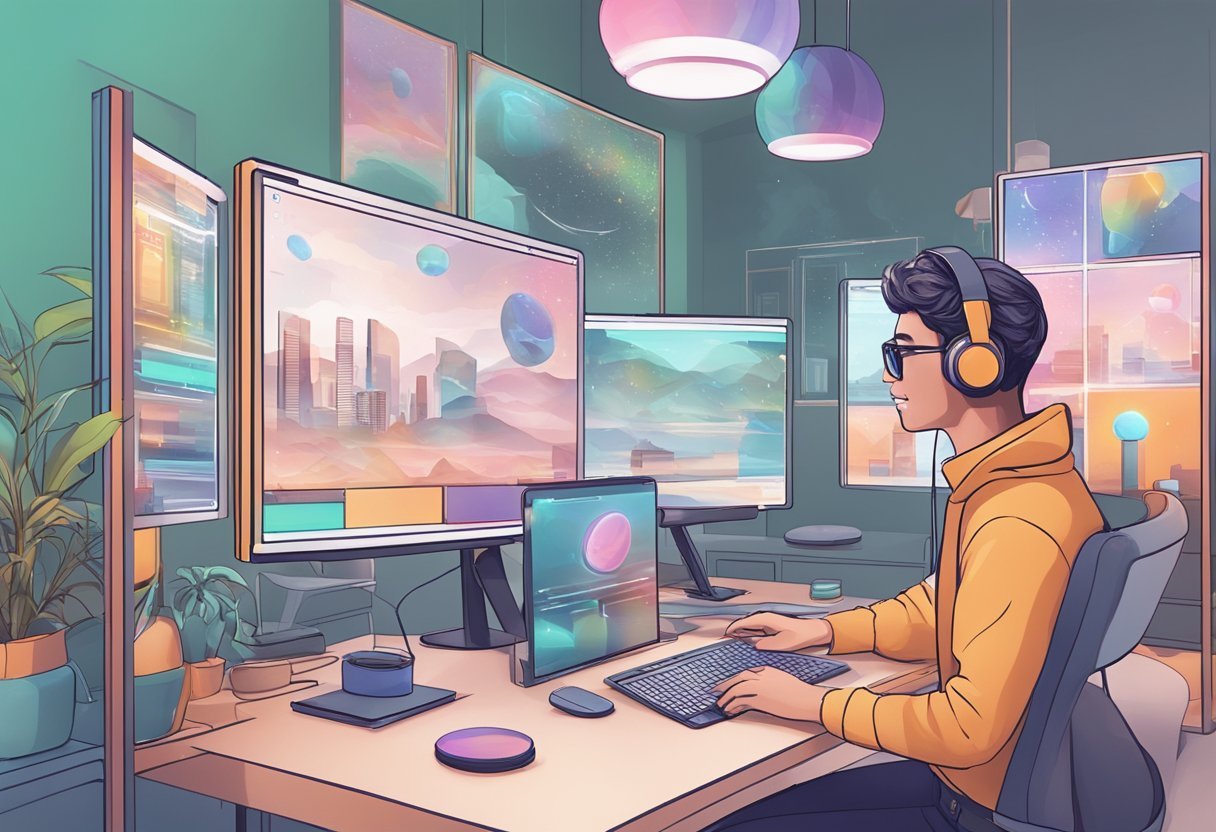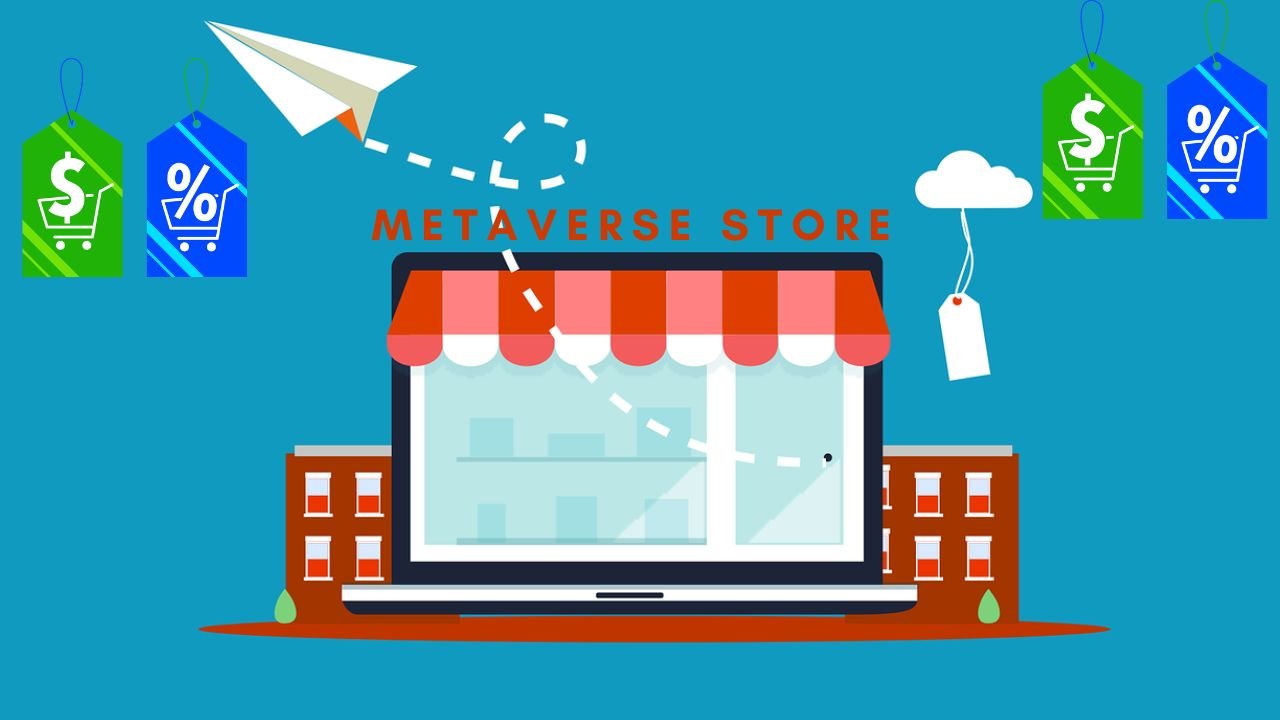The Metaverse is an immersive virtual world where users can interact and explore in real-time. It has been gaining a lot of traction lately as a tool for businesses, education, entertainment, and more. Many people are already familiar with augmented and virtual reality (VR) technology, but using it in the Metaverse may be a new concept to many. In this article, we’ll take a look at how to use VR in the Metaverse and some of its potential applications.
The Metaverse vs. Virtual Reality: What’s the Difference?
Exploration
The Metaverse is an open world while virtual reality is a closed environment.
Interaction
In the Metaverse, users can interact with other avatars in real time whereas in virtual reality, all interaction occurs within the confines of the simulated reality created by the program.
Visuals
The visuals within the Metaverse are more realistic and immersive than those found in most virtual reality simulations due to advances in computer graphics technology.
Scale
The Metaverse is much larger than a typical virtual reality experience and allows for exploration on a massive scale in a single virtual world.
Usability
With VR, users interact by wearing virtual reality headsets or controllers whereas with the Metaverse, they can use natural body movements and gestures on any device.
User Experience
The Metaverse offers a more interactive and immersive experience than virtual reality as it allows users to engage in activities such as socializing, shopping, gaming, and more.
Content Creation
In the Metaverse, users can create their content while in virtual reality the only content available is what is already programmed into the environment.
Cost
Virtual Reality experiences are often costly due to the hardware required for setup whereas many activities in the Metaverse require little or no cost for access.
Applications
Both technologies have a variety of applications but VR tends to be focused on gaming whereas metaverses are used for a wider range of purposes such as business meetings, education, and entertainment.
Platforms
Metaverse platforms are typically hosted on dedicated platforms while virtual reality experiences are usually accessed through specific applications or gaming consoles.
How to Use Virtual Reality in the Metaverse?
Choose a Platform
There are many different platforms available for hosting virtual reality experiences in the Metaverse, so it’s important to choose one that has the features and capabilities you need.
Set up Hardware
Depending on the platform chosen, you may need to purchase or rent certain hardware such as headsets, controllers, or gloves to interact with the environment.
Design Environment
You can either create your world from scratch or use existing templates and tools provided by some platforms to design an interactive environment for users.
Program Interactions
Once you have designed your environment, you will need to add interactions between avatars and objects within it using scripting languages or specific development tools depending on the platform you are using.
Test Environment
It is important to test your environment and ensure that everything works as expected before making it available to users.
Create Content
You can also create content such as educational materials, tutorials, or games to be used within your virtual reality experience.
Promote Experience
Once your environment is set up and tested, you should promote it by sharing links on social media or through other channels to reach potential users.
Monitor Activity
It’s important to monitor user activity within the Metaverse to understand how they are interacting with each other and the environment so that any necessary adjustments can be made quickly if needed.
Analyze Results
You should also analyze the data collected from users’ interactions to identify areas for improvement and create a better experience next time.
Adapt Environment
As user preferences change, you will need to update your virtual reality environment to remain relevant and engaging for customers.
What is Virtual Reality?
1. Virtual Reality (VR) is a computer-generated environment of a three-dimensional environment that can be interacted with by the user in a seemingly real or physical way.
2. It creates an artificial and immersive virtual environment, usually using VR headsets, controllers, augmented reality glasses, or gloves to control and interact with objects within the digital world.
3. VR technologies have been around since the 1960s but have only recently become accessible to consumers due to advances in hardware and software development.
4. There are two types of VR: non-immersive VR which is experienced on a large screen or television, and immersive VR where users are fully immersed in the virtual environments using a specialized VR headset that tracks their movements as they look around the 3D environment.
5. Applications for VR are becoming more diverse and include gaming, training simulations, medical applications, and even therapy.
6. Benefits of using VR in the Metaverse platform include increased collaboration among users, improved user experience, enhanced creativity, and problem-solving skills, reduced development costs, and time to market.
7. VR in the Metaverse allows users to explore virtual worlds as if they were physically present in them, giving a sense of presence that is not possible with traditional methods of communication such as video or audio conferencing.
8. It also makes it easier to visualize data, create experiential learning opportunities, test theories without physical world consequences, and collaborate on projects with team members located around the world.
9. Companies such as Facebook, Google, and Microsoft are investing in metaverse and virtual reality technologies to create more immersive virtual spaces and experiences for their users.
10. With the widespread availability of hardware and software solutions for VR, it’s becoming increasingly accessible for businesses, organizations, and individuals to use virtual reality in the Metaverse.
Potential VR Metaverse Applications
Education
Virtual reality in the Metaverse can be used to create immersive virtual learning experiences for students and teachers alike.
It can also provide a platform to collaborate and discuss with peers from around the world or engage in virtual field trips.
Business
VR in the Metaverse can be used in virtual workplaces for product demonstrations, training simulations, team-building exercises, brainstorming sessions, remote meetings and conferences, and more.
Entertainment
The Metaverse provides an opportunity to design interactive game worlds that users can explore and play together in real time using their avatars.
Shopping & Retail
The virtual realm can enhance customer shopping experiences by providing them with a virtual store where they have access to an entire catalog of products and services such as digital assets, virtual real estate, virtual objects, etc.
Healthcare
VR technology in the Metaverse can be used for medical training, diagnostics, treatments, and rehabilitation. It can also provide a platform for remote patient monitoring and care.
Tourism & Travel
Virtual reality can simulate real-world locations so that people can explore them from anywhere or create virtual experiences that are virtually indistinguishable from the real thing.
Socializing
The Metaverse provides an opportunity to connect with friends and family in a virtual space while being able to interact with one another through voice chat, text chat, video calls, virtual events, and more.
Art & Design
VR in the Metaverse is a great way to create immersive art projects that users can interact with, explore, and share with others.
It also provides a platform to collaborate on designs in real time with remote team members.
Bottom Line
Virtual Reality technology is becoming more accessible to consumers than ever before due to advancements in hardware and software development.
When used together with the Metaverse technology, this powerful tool can open up a world of possibilities for businesses, organizations, and individuals alike.
With an ever-increasing range of applications for virtual reality in the Metaverse, it is an exciting time for developers and consumers alike.
The potential of VR technology combined with the Metaverse is limitless, and the possibilities are only beginning to be explored.
With a little creativity and effort, you can create immersive experiences that will engage users on a whole new level.
So why not take advantage of this cutting-edge technology and start exploring what VR can do for your business or organization today?
Now you know how to use virtual reality in the Metaverse, it’s time to explore and create a virtual workplace, classroom, game world, store, or event that will capture the imagination of your users.




